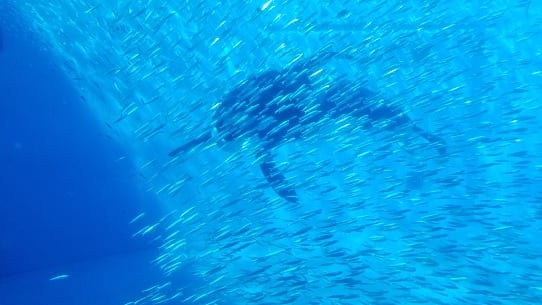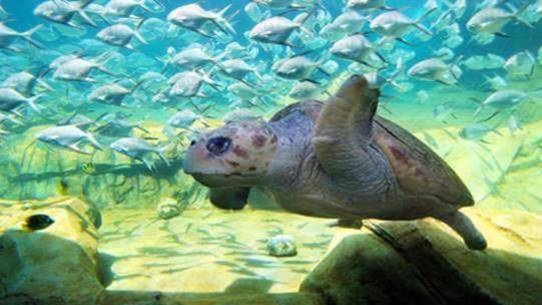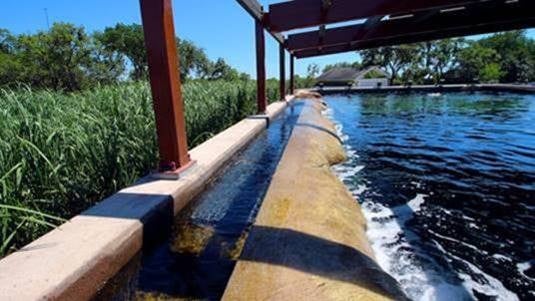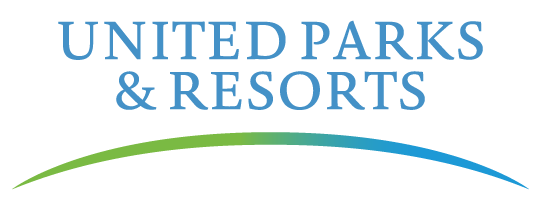SeaWorld Parks Leading the Future of Zoo and Aquarium Design with Dynamic Habitat Initiative
/dīˈnamik/ adjective: characterized by constant change, activity, or progress; continually evolving.
Since 2018 SeaWorld Parks in Orlando, San Diego and San Antonio have been working on an exciting project to bring more diverse and enriching environments to the park’s habitats. The Dynamic Habitat Initiative (DHI) is a fresh way of thinking about zoo and aquarium environments, with multiple species of animals living together including marine mammals, birds, sharks, rays, invertebrates and fish. SeaWorld Parks are part of a community working to continually advance the quality of habitat design, supported by state-of the art science and more than 55 years of animal care expertise.
How Does it Work?
At its most basic, dynamic habitats allow for the integration and interactivity of species, creating a more vibrant and variable ecosystem for all of the animals.
The advantages touch on animal benefits and animal stewardship both obvious (dolphins chasing fish) and more subtle (beneficial micro-organisms and natural filter systems.) DHI environments drive enrichment and diversity for all species living in them.
What are some examples of DHI at our SeaWorld Parks?
- Orca habitats at SeaWorld San Diego and Orlando have introduced species of fish. Aquatica Orlando has done the same with its Commerson’s dolphins. DHI environments are designed to provide refuge for fish that need it, but recognizing the behavior of animals there is always a chance of animals being eaten.
- The sea otter habitat in San Diego and Asian otter area at Discovery Cove Orlando have introduced live fish and various shellfish to its otter populations.
- SeaWorld San Antonio’s newly opened Turtle Reef is a biodiverse, dynamic habitat in action. Threatened and endangered sea turtles swim with schools of fish in a coral reef-themed environment. A natural, recirculating bio-filtration system of Texas salt marsh grasses attracts wildlife and reduces water and energy consumption in the park, enabling the park to further its eco-friendly mission.
Benefits and Goals
Positive results of dynamic habitats include enhanced water quality and increased behavior complexity in animals. DHI’s provide more diverse, enriching, and biologically active environments for its inhabitants.
Dr. Jeff Keaffaber, Corporate Director of Environmental Design, offered, “It is an exciting time for our Dynamic Habitats Initiative. Creating stimulating and diverse environments is another example of SeaWorld’s commitment and leadership to strengthening the well-being and welfare of the amazing animals in our care, with a goal to eventually introduce this design into all of the park’s animal environments.“

Orca habitat at SeaWorld San Diego

Turtle Reef at SeaWorld San Antonio is home to threatened sea turtles and multi-colored fish.

Native grasses around Turtle Reef habitat help naturally filter the 126,000-gallon coral reef-themed environment.
